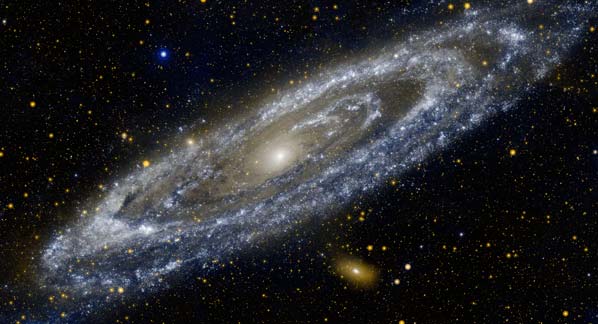NEW YORK, N.Y. (SatireWire.com) – The common #hashtag, once the telltale sign of what’s hot online, is on the way out. In its place, the designer hashtag – bold, colorful, often playful symbols that tell Twitter, Tumblr and the rest that not only are you on top of what’s trending, you’re trending right along with it.

From Gucci and Prada to Dior and D&G, fashion labels have stormed in to revive, revamp, and often revolutionize the off-the-rack, one-size-fits-all # sign. These designer hashtags come at a price – from $25 to $2,500 per use – but advocates say the cost is worth it.
“Hashtags told you what was trending, but designer hashtags make what’s trending look trendier,” said Vogue editor Kat Malques. “They’re like uber trendy, like almost so trendy that it hasn’t even trended yet. They’re basically pre-trend.”

“These new hashtags say, ‘Not only do I know what’s new and cool, but I look cool telling you about it,’ explained Cam McCauley at Dolce & Gabbana, which uses vivid florals and brash polka-dots in its hashtags. “When I use one, I feel like I’m trending.”
The styles certainly run the gamut of the grammatical symbol runway. Kenzo, for example, has opted for an anytime, anywhere hashtag ($99 per use) that simultaneously speaks to your need for something “Totally New,” yet is also not so conceptual and tricked out that it looks like it’s trying too hard. Asian-American designer Jason Wu, meanwhile, has woven Oriental culture into couture by producing a calligraphic masterpiece of a hashtag, ($129 per use), complete with kimono-like cap sleeves.

Design-world bad boy Marc Jacobs, not surprisingly, has gone retro, releasing a simple black hashtag — show here: # — that reviewers have called “elegant, traditional, and strikingly similar to the hashtags of yore.” Offered in standard Arial, Helvetica, or Verdana, what makes these hashtags different is the price: $499.99 per usage.
Taking the counter approach, couturier Derek Lam has a new summer line of hashtags that are, “simple, light, and revolution-airy.” Instead of four lines in a crosshatch pattern, Lam uses just one horizontal line, “–” which hints at the existence of the other three lines. Reviewers were not impressed. “It looks like a hyphen,” said InStyle.
So far, whether a hashtag is revered or reviled doesn’t matter. Twitter, Tumblr and sites that use #hashtags don’t recognize any of the new offerings as hashtags. For designers, however, lack of acceptance is itself a badge of honor — “Proof of how trendy we are,” said Lam.
And if designer hashtags are a trend, the trend within that trend is minimalist. While Lam’s design is simple, Adobe and Gucci have teamed up to go a step further. They’ve released a line of “Flashtags,” which disappear in six seconds and cost $25 per use.

“Something that’s truly ‘now’ should not last for more than six seconds, which is why our flashtags disappear so quickly,” said Adobe’s new VP of Design Ing Miyuchi. “It happens so fast you really don’t have time to think about the topic, much less learn about it. It’s a perfect reflection of modern life.”
But that approach may already be yesterday. Next month, Christian Dior is expected to offer a white-on-white hashtag, an essentially invisible symbol that only the user will know about.
“It’s a confidence thing,” explained Dior spokeswoman Feschia Puce. “It’s like, I know this is trending, and I’m so in the know that I don’t need you to know I know because I already know. So you can’t see the hashtag, but I know it’s there, and because it’s me, I assume that you know it’s there. We call it the Emporer’s New Hashtag. $2,500 per use.”
Celebrities, naturally, have jumped on the #bandwagon. In the fall, Justin Bieber will release a line of hiddenstashtags, Lindsay Lohan will launch rehashtags, Miley Cyrus goes to her roots for whitetrashtags, and of course you-know-who will introduce a line of Kardashtags, which, like their namesake, will automatically tag anyone famous.
Copyright © 2013, SatireWire.com




